Muhammad Sohail Ibrahim
USEFUSE: Utile Stride for Enhanced Performance in Fused Layer Architecture of Deep Neural Networks
Dec 18, 2024



Abstract:Convolutional Neural Networks (CNNs) are crucial in various applications, but their deployment on resource-constrained edge devices poses challenges. This study presents the Sum-of-Products (SOP) units for convolution, which utilize low-latency left-to-right bit-serial arithmetic to minimize response time and enhance overall performance. The study proposes a methodology for fusing multiple convolution layers to reduce off-chip memory communication and increase overall performance. An effective mechanism detects and skips inefficient convolutions after ReLU layers, minimizing power consumption without compromising accuracy. Furthermore, efficient tile movement guarantees uniform access to the fusion pyramid. An analysis demonstrates the utile stride strategy improves operational intensity. Two designs cater to varied demands: one focuses on minimal response time for mission-critical applications, and another focuses on resource-constrained devices with comparable latency. This approach notably reduced redundant computations, improving the efficiency of CNN deployment on edge devices.
DSLOT-NN: Digit-Serial Left-to-Right Neural Network Accelerator
Sep 22, 2023Abstract:We propose a Digit-Serial Left-tO-righT (DSLOT) arithmetic based processing technique called DSLOT-NN with aim to accelerate inference of the convolution operation in the deep neural networks (DNNs). The proposed work has the ability to assess and terminate the ineffective convolutions which results in massive power and energy savings. The processing engine is comprised of low-latency most-significant-digit-first (MSDF) (also called online) multipliers and adders that processes data from left-to-right, allowing the execution of subsequent operations in digit-pipelined manner. Use of online operators eliminates the need for the development of complex mechanism of identifying the negative activation, as the output with highest weight value is generated first, and the sign of the result can be identified as soon as first non-zero digit is generated. The precision of the online operators can be tuned at run-time, making them extremely useful in situations where accuracy can be compromised for power and energy savings. The proposed design has been implemented on Xilinx Virtex-7 FPGA and is compared with state-of-the-art Stripes on various performance metrics. The results show the proposed design presents power savings, has shorter cycle time, and approximately 50% higher OPS per watt.
Anticancer Peptides Classification using Kernel Sparse Representation Classifier
Dec 19, 2022



Abstract:Cancer is one of the most challenging diseases because of its complexity, variability, and diversity of causes. It has been one of the major research topics over the past decades, yet it is still poorly understood. To this end, multifaceted therapeutic frameworks are indispensable. \emph{Anticancer peptides} (ACPs) are the most promising treatment option, but their large-scale identification and synthesis require reliable prediction methods, which is still a problem. In this paper, we present an intuitive classification strategy that differs from the traditional \emph{black box} method and is based on the well-known statistical theory of \emph{sparse-representation classification} (SRC). Specifically, we create over-complete dictionary matrices by embedding the \emph{composition of the K-spaced amino acid pairs} (CKSAAP). Unlike the traditional SRC frameworks, we use an efficient \emph{matching pursuit} solver instead of the computationally expensive \emph{basis pursuit} solver in this strategy. Furthermore, the \emph{kernel principal component analysis} (KPCA) is employed to cope with non-linearity and dimension reduction of the feature space whereas the \emph{synthetic minority oversampling technique} (SMOTE) is used to balance the dictionary. The proposed method is evaluated on two benchmark datasets for well-known statistical parameters and is found to outperform the existing methods. The results show the highest sensitivity with the most balanced accuracy, which might be beneficial in understanding structural and chemical aspects and developing new ACPs. The Google-Colab implementation of the proposed method is available at the author's GitHub page (\href{https://github.com/ehtisham-Fazal/ACP-Kernel-SRC}{https://github.com/ehtisham-fazal/ACP-Kernel-SRC}).
Heart Segmentation From MRI Scans Using Convolutional Neural Network
Nov 21, 2019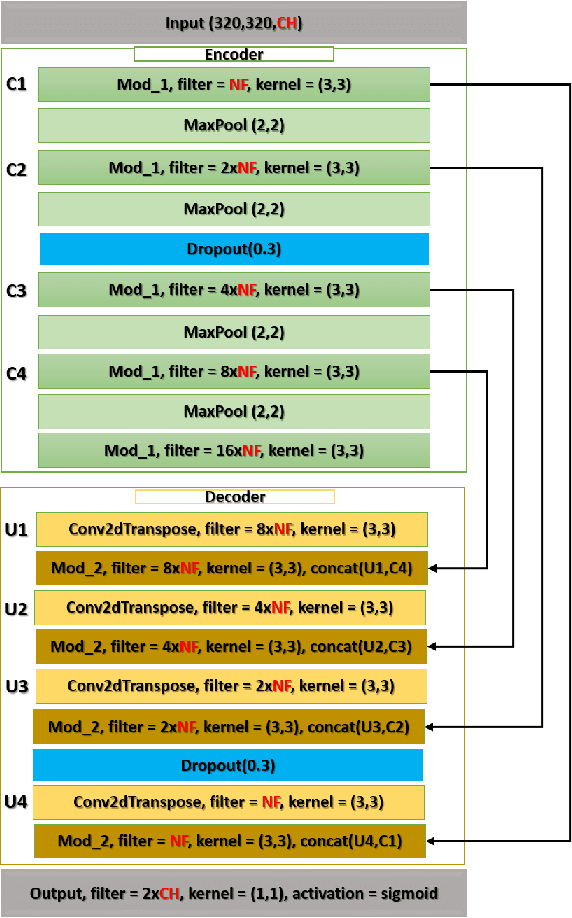
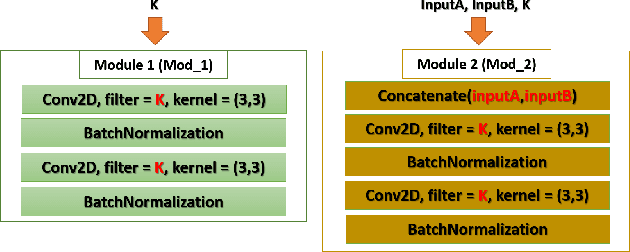
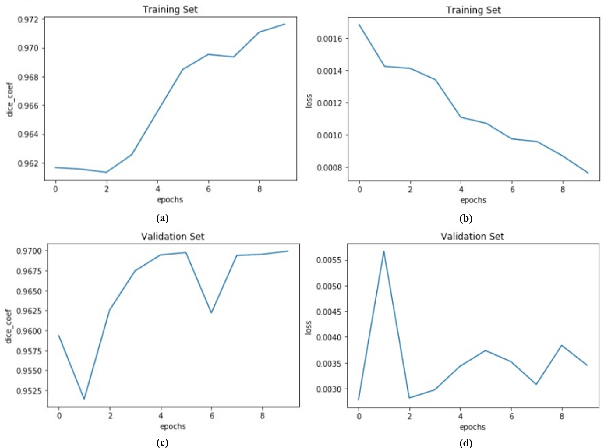
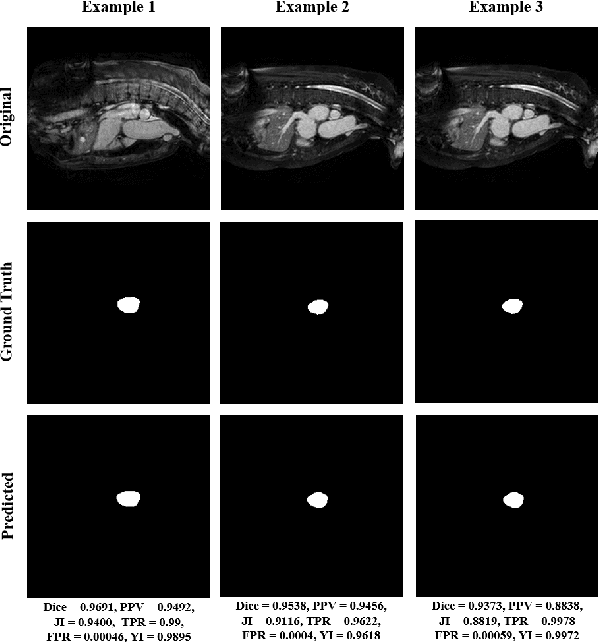
Abstract:Heart is one of the vital organs of human body. A minor dysfunction of heart even for a short time interval can be fatal, therefore, efficient monitoring of its physiological state is essential for the patients with cardiovascular diseases. In the recent past, various computer assisted medical imaging systems have been proposed for the segmentation of the organ of interest. However, for the segmentation of heart using MRI, only few methods have been proposed each with its own merits and demerits. For further advancement in this area of research, we analyze automated heart segmentation methods for magnetic resonance images. The analysis are based on deep learning methods that processes a full MR scan in a slice by slice fashion to predict desired mask for heart region. We design two encoder decoder type fully convolutional neural network models
Chaotic Time Series Prediction using Spatio-Temporal RBF Neural Networks
Aug 17, 2019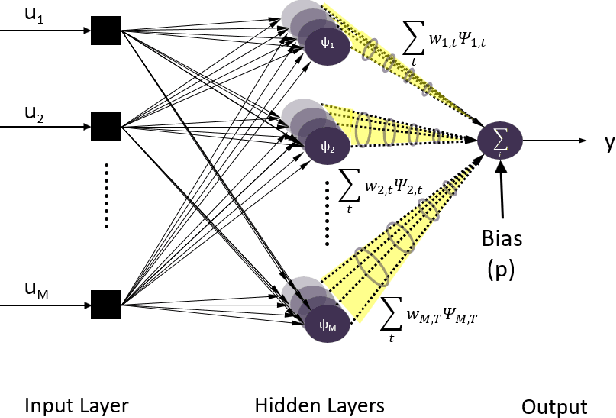
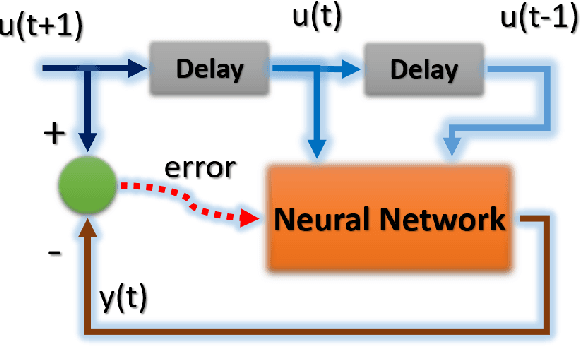
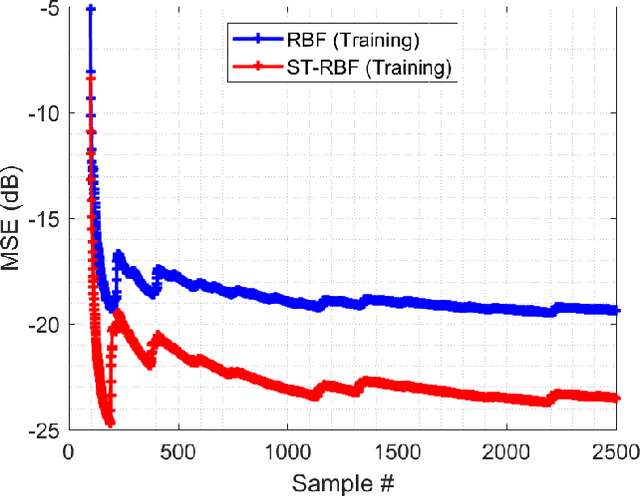
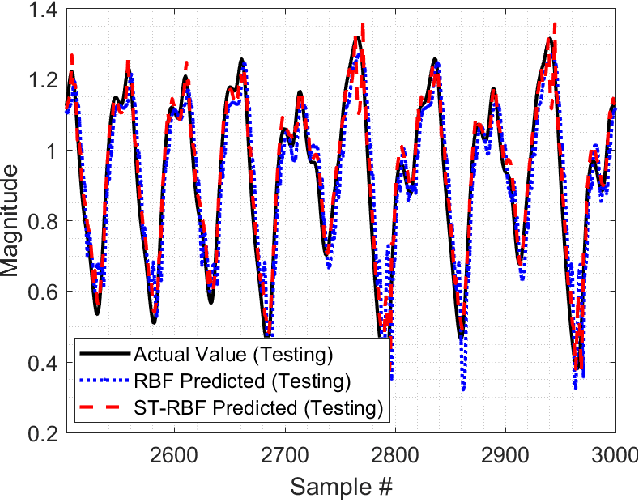
Abstract:Due to the dynamic nature, chaotic time series are difficult predict. In conventional signal processing approaches signals are treated either in time or in space domain only. Spatio-temporal analysis of signal provides more advantages over conventional uni-dimensional approaches by harnessing the information from both the temporal and spatial domains. Herein, we propose an spatio-temporal extension of RBF neural networks for the prediction of chaotic time series. The proposed algorithm utilizes the concept of time-space orthogonality and separately deals with the temporal dynamics and spatial non-linearity(complexity) of the chaotic series. The proposed RBF architecture is explored for the prediction of Mackey-Glass time series and results are compared with the standard RBF. The spatio-temporal RBF is shown to out perform the standard RBFNN by achieving significantly reduced estimation error.
 Add to Chrome
Add to Chrome Add to Firefox
Add to Firefox Add to Edge
Add to Edge